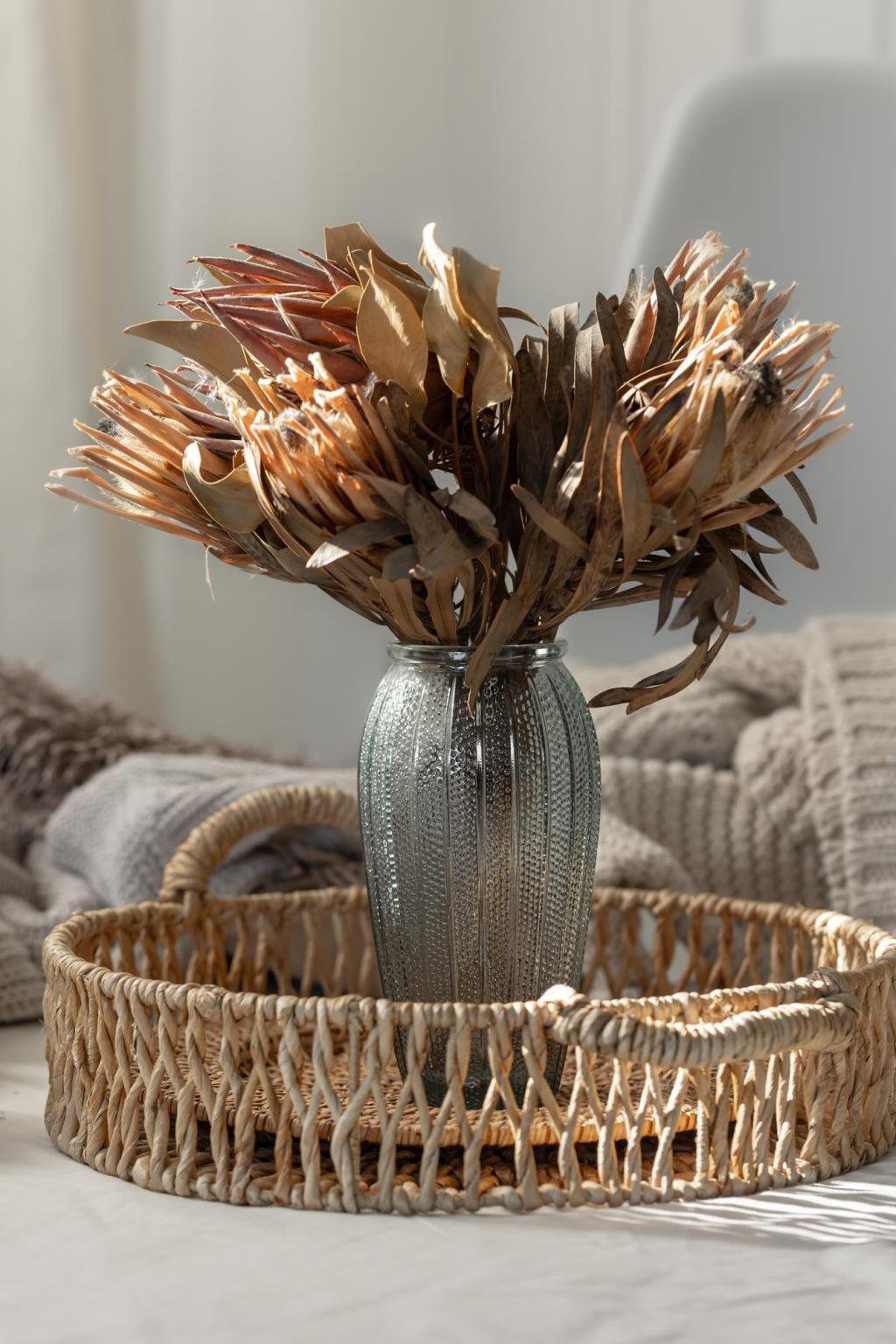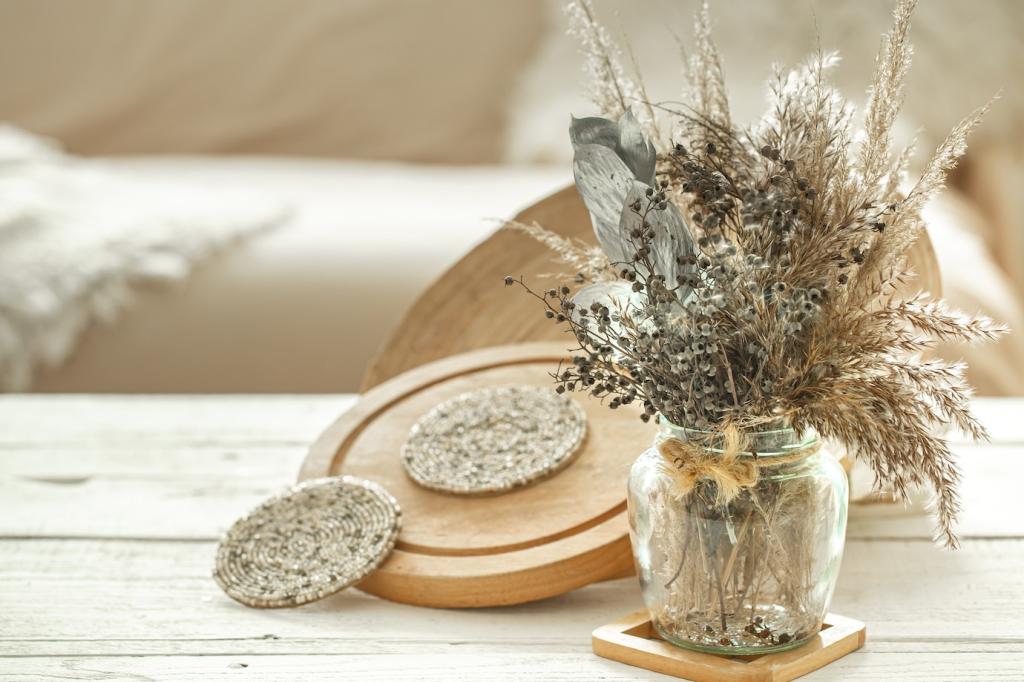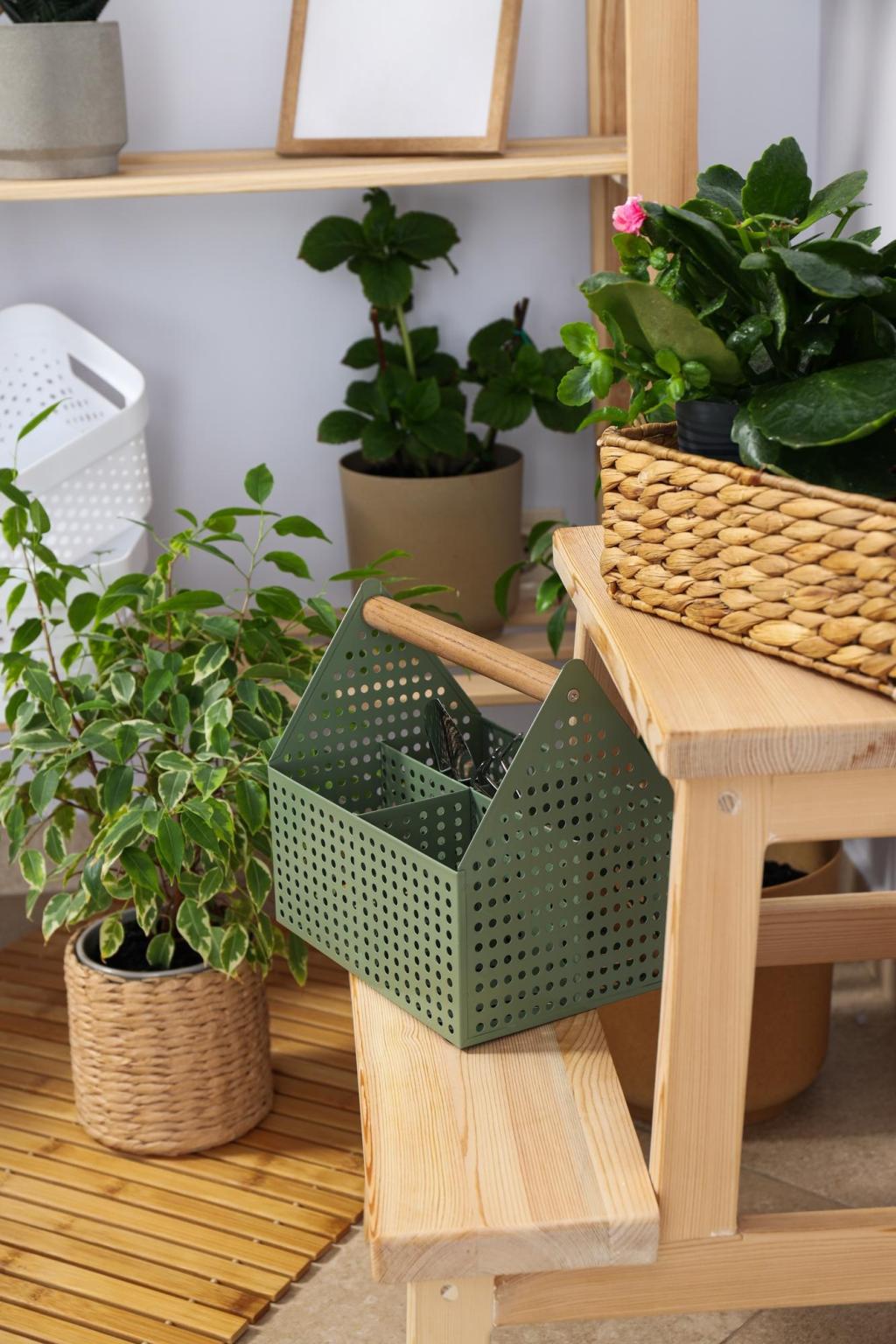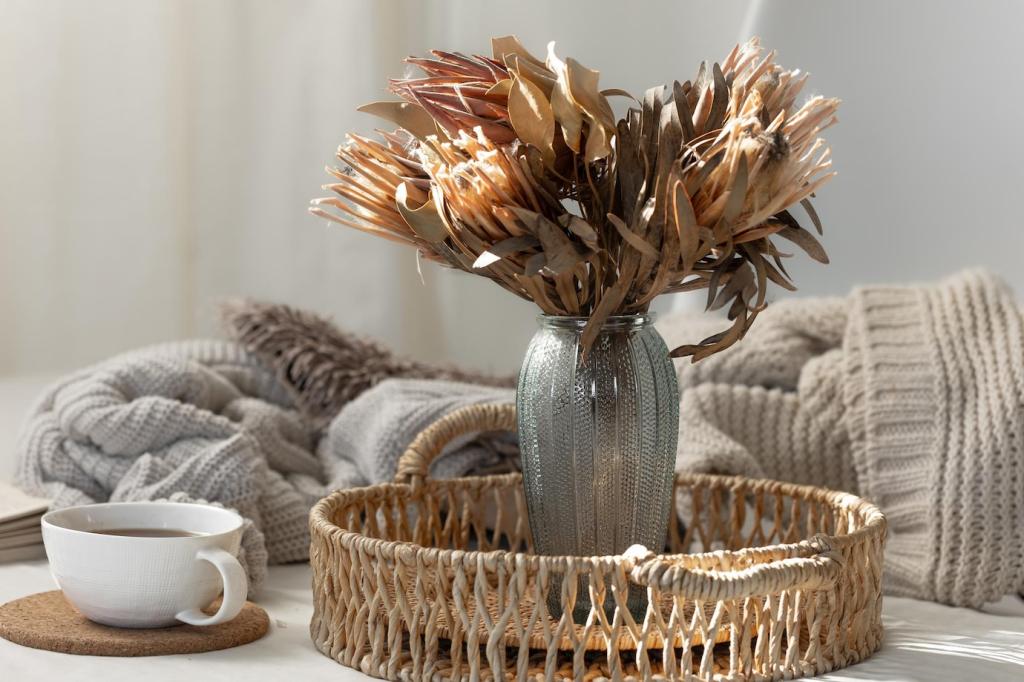Zero-Waste Interior Design Strategies: Live Beautifully, Leave No Trace
Today’s chosen theme: Zero-Waste Interior Design Strategies. Welcome to a home page devoted to designing spaces that eliminate waste, honor materials, and tell stories worth keeping. Subscribe for weekly zero-waste guides, room makeovers, and community challenges that turn intention into everyday practice.

Start with Principles, Not Purchases
Begin by refusing impulse buys, free swag, and trend-driven decor that dates quickly. Write a purpose statement for each room, naming essential functions, feelings, and stories you want the space to hold. Rethinking early prevents waste later and keeps your design honest.
Walk each room with a notebook or phone. List every piece, rate condition, note dimensions, and identify salvageable hardware, hinges, and lumber. Photograph labels for material data. This inventory becomes your shopping list, repair plan, and decluttering guide rolled into one essential document.
Audit Your Space and Materials

Choose Honest Materials
Favor solid wood, bamboo, cork, wool, linoleum, clay tile, and lime plaster over plastic-heavy composites. Seek reclaimed sources first. When buying new, look for third-party disclosures like FSC, Declare, or HPD. Durable, repairable materials extend lifespans and prevent premature replacement cycles.

Design for Disassembly
Plan joinery and assemblies that unscrew rather than glue. Use reversible finishes and standardized fasteners so future you—or someone else—can repair, move, or reuse components. Label parts discreetly. Flexibility today keeps materials circulating tomorrow and avoids landfill-bound renovations.

Finishes That Breathe and Age Well
Choose milk paint, casein, mineral silicate paints, soap finish, and plant-based oils. These finishes are patchable and forgiving, reducing repaint cycles and sanding waste. Tell us your favorite low-VOC recipes or limewash tips, and we may feature them in our next practical guide.
Furniture and Layout for Longevity
Modular, Stackable, Repairable
Choose modular shelving, panel systems, and knock-down frames with replaceable parts. Avoid glued particleboard that swells and fails. Keep spare fasteners labeled. Share your go-to modular systems or hacks, and subscribe for our checklist of repair-friendly brands and community-built alternatives.


The One-Third Rule
Aim for a balanced mix: one-third vintage or reclaimed, one-third existing, one-third new, chosen for longevity. This blend maximizes reuse while allowing targeted upgrades. Post your current ratio in the comments, and we’ll help troubleshoot where waste still manages to creep in.
Creative Upcycling That Looks Intentional
Reclaimed oak flooring can become elegant Shaker-style cabinet fronts with stable grain and hardworking durability. Plane, fill nail holes, and oil. The result looks intentional, not improvised—extending the wood’s life and avoiding virgin panels. Comment if you want the step-by-step cutting template.
Zero-Waste Renovation Case Study: A 32 m² Studio
Before swinging a hammer, we cataloged every component in the 32 m² studio. Tiles, sink, and door hardware were salvaged; drywall offcuts became patches. Neighborhood groups rehomed fixtures within hours, turning would-be trash into someone else’s treasure and keeping dumpsters surprisingly light.


Zero-Waste Renovation Case Study: A 32 m² Studio
A reclaimed solid-core door became a wall-mounted desk with screw-in brackets. Flooring offcuts turned into baseboards, and a limewash unified mismatched plaster. Material miles were low, character high, and the renter-friendly approach allowed everything to come apart cleanly when needed later.
Join a local buy-nothing group, tool library, and repair café. Host a swap night with neighbors for lamps, planters, and art. Comment with your city, and we’ll help match you with zero-waste communities and monthly challenges tailored to your local resources.
Community, Care, and Continuous Improvement
Invest fifteen minutes to create care cards for finishes, textiles, and hardware. Seasonal reminders for oiling, washing, and tightening screws extend lifespans dramatically. Subscribe for printable care schedules and a shared calendar that nudges maintenance before damage forces expensive replacements.
